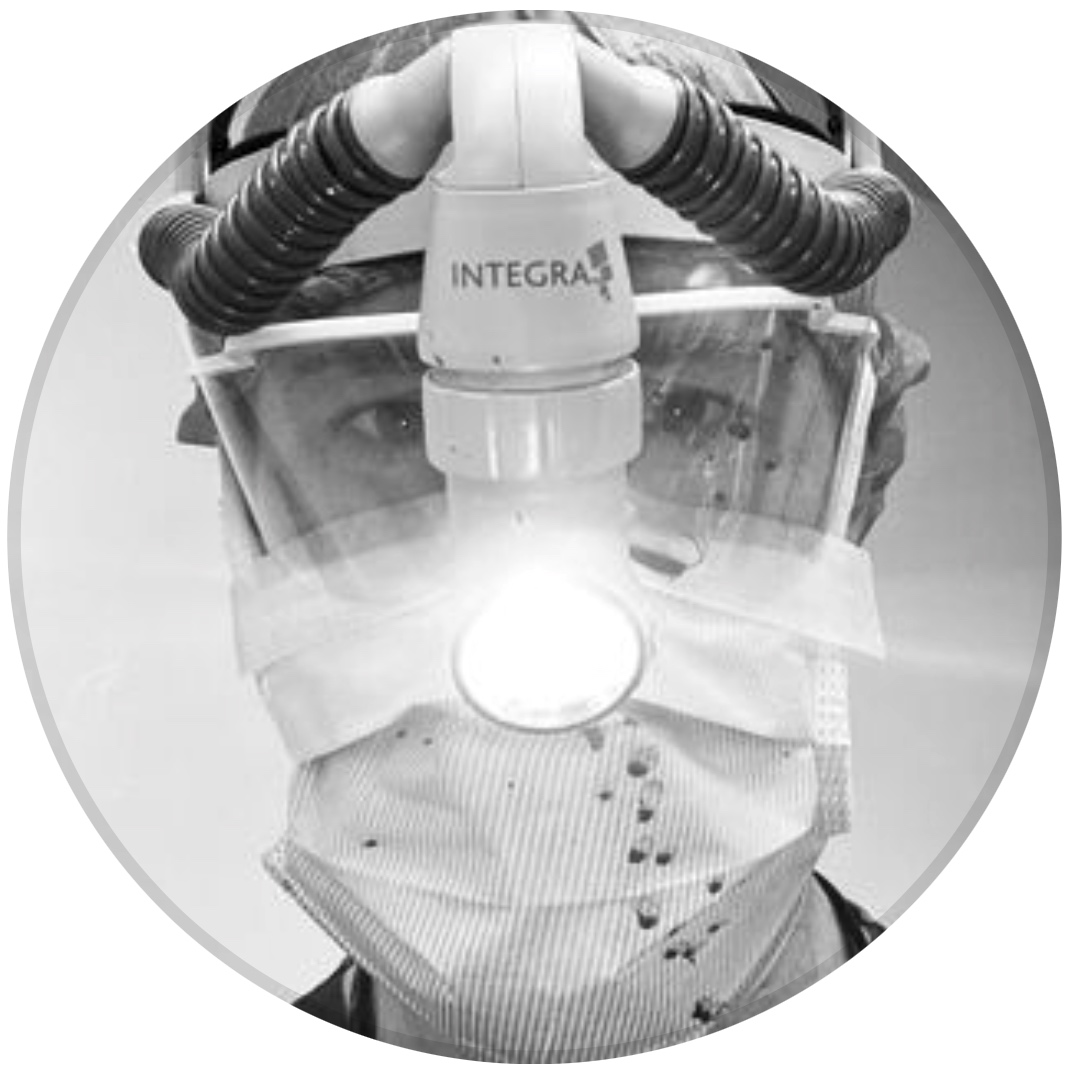Highly Comminuted Navicular Fracture Dislocation with Cuboid Fracture in a Motocross Rider.
Score and Comment on this Case
Clinical Details
Clinical and radiological findings: The patient, a motocross rider, presented with a highly comminuted fracture dislocation of the navicular bone and an associated cuboid fracture. Initial radiographs and CT imaging revealed the talus occupying the anatomical position of the navicular, indicating significant displacement. The navicular was described as pulverized, complicating the potential for anatomical reduction. The cuboid fracture was also noted but was less complex in nature.
Preoperative Plan
Planning remarks: The preoperative plan involved the use of medial and lateral distractors to restore the length of the medial and lateral columns of the foot, creating space for potential reduction and fixation of the navicular. Given the comminuted nature of the navicular fracture, bridging fixation was considered essential to maintain column length and prevent re-displacement of the talus.
Surgical Discussion
Patient positioning: The patient was positioned supine on the operating table with the affected foot elevated and accessible for both medial and lateral approaches. A sterile tourniquet was applied to control intraoperative bleeding.
Anatomical surgical approach: Medial approach to the navicular. (No lateral incision was made; the lateral column was managed using a laterally tensioned external fixator.)
Operative remarks:Intraoperatively, it was noted that perfect anatomical reduction of the navicular was not achievable due to its comminuted nature. Bridging fixation was emphasized as critical to maintaining column length and preventing talar displacement. The surgeon expressed the importance of restoring foot morphology as a primary goal, with articular reduction being secondary yet still significant. The cuboid was reduced using a laterally tensioned frame, which was planned as definitive treatment.
Postoperative protocol: Postoperatively, the patient was placed in a non-weight-bearing cast for 6 weeks to allow for initial healing. Progressive weight-bearing was introduced thereafter, with physical therapy focusing on range of motion and strengthening exercises.
Follow up: Not specified.
Orthopaedic implants used: Medial and lateral distractors, external fixator components for bridging fixation, tensioned frame for cuboid reduction.
Search for Related Literature

orthopaedic_trauma
- United States , Seattle
- Area of Specialty - General Trauma
- Position - Specialist Consultant

Industry Sponsership
contact us for advertising opportunities








Article viewed 70 times
27 Jul 2025
Add to Bookmarks
Full Citation
Cite this article:
Surname, Initial. (2025). Highly Comminuted Navicular Fracture Dislocation with Cuboid Fracture in a Motocross Rider.. Journal of Orthopaedic Surgery and Traumatology. Case Report 547680 Published Online Jul 27 2025.